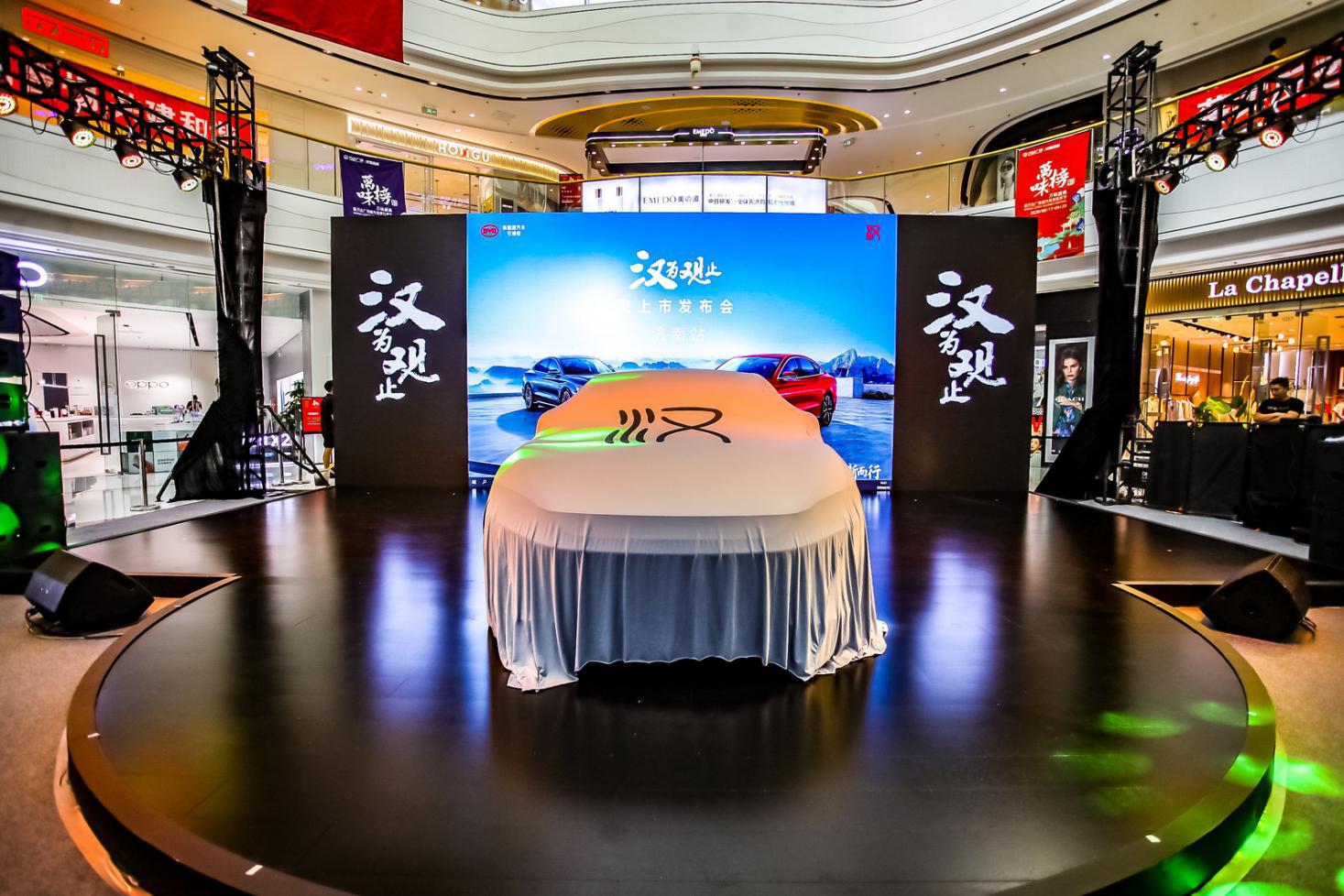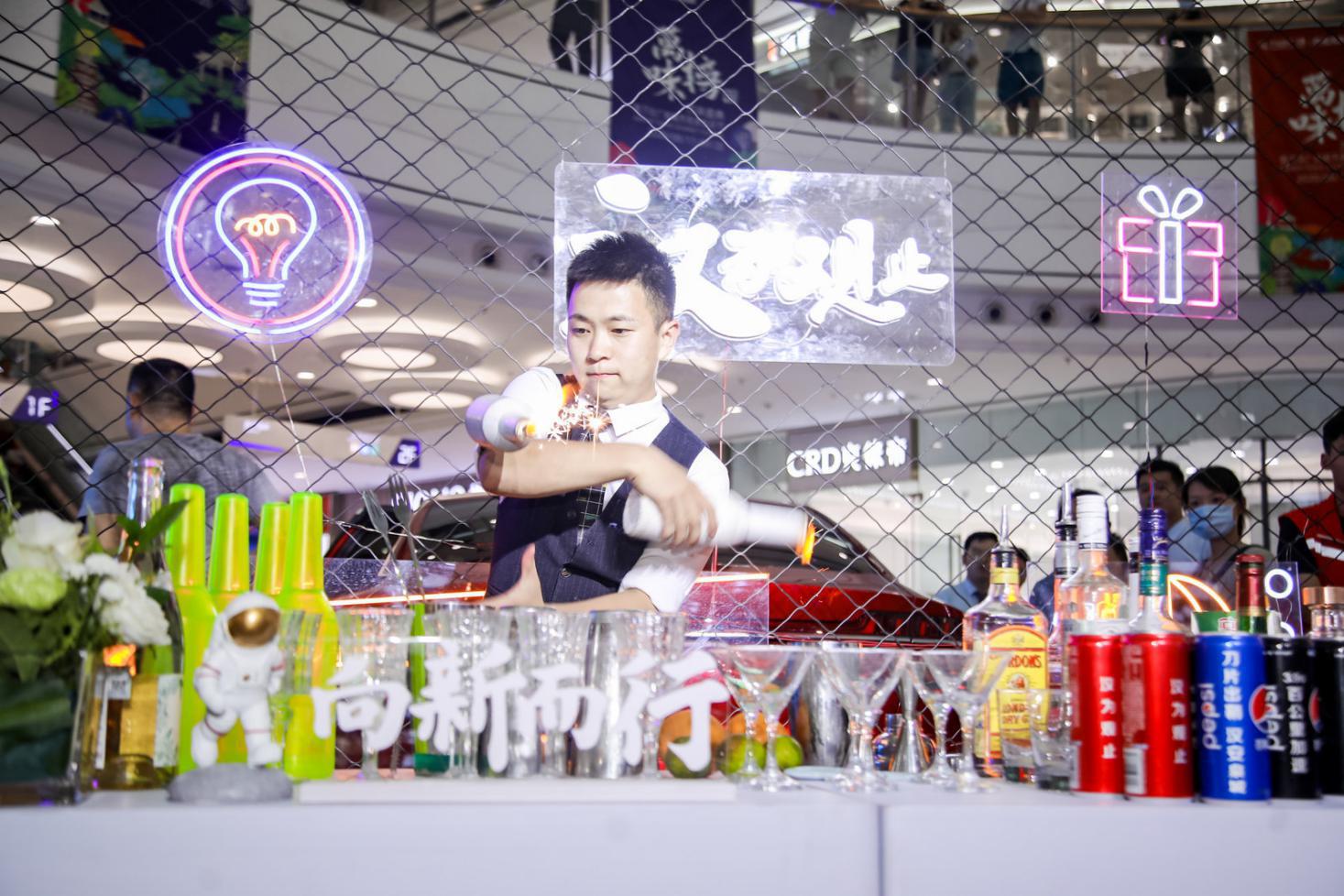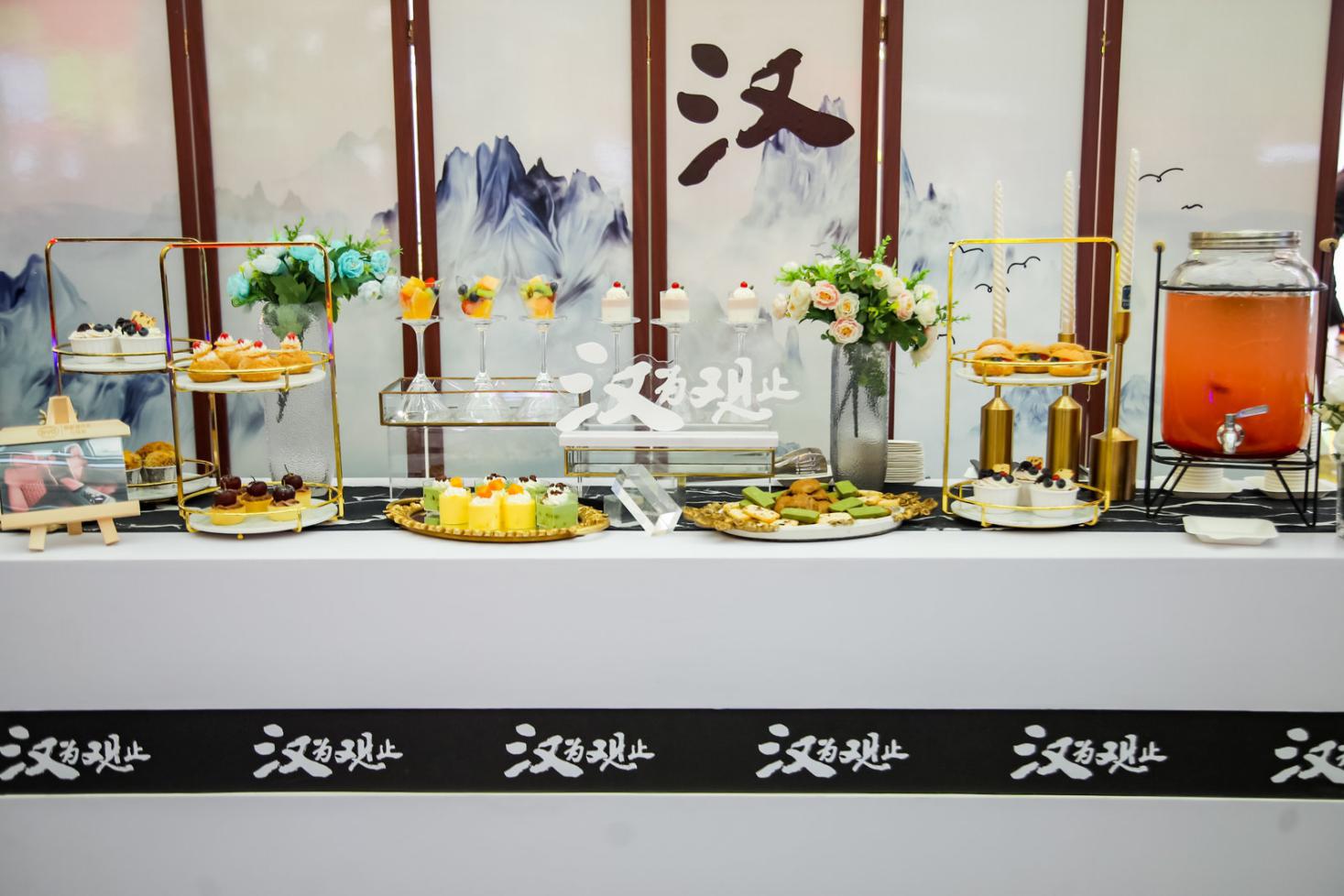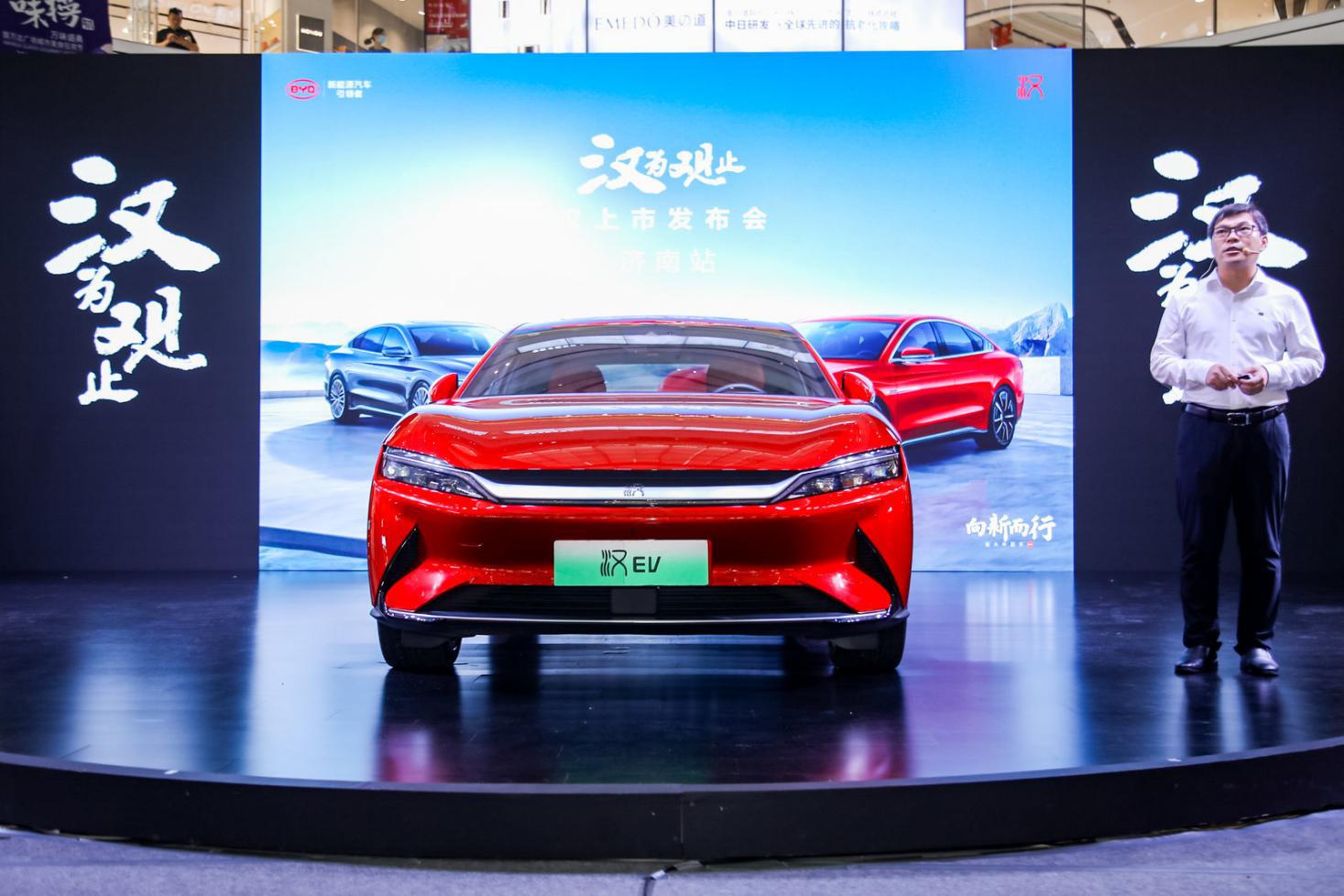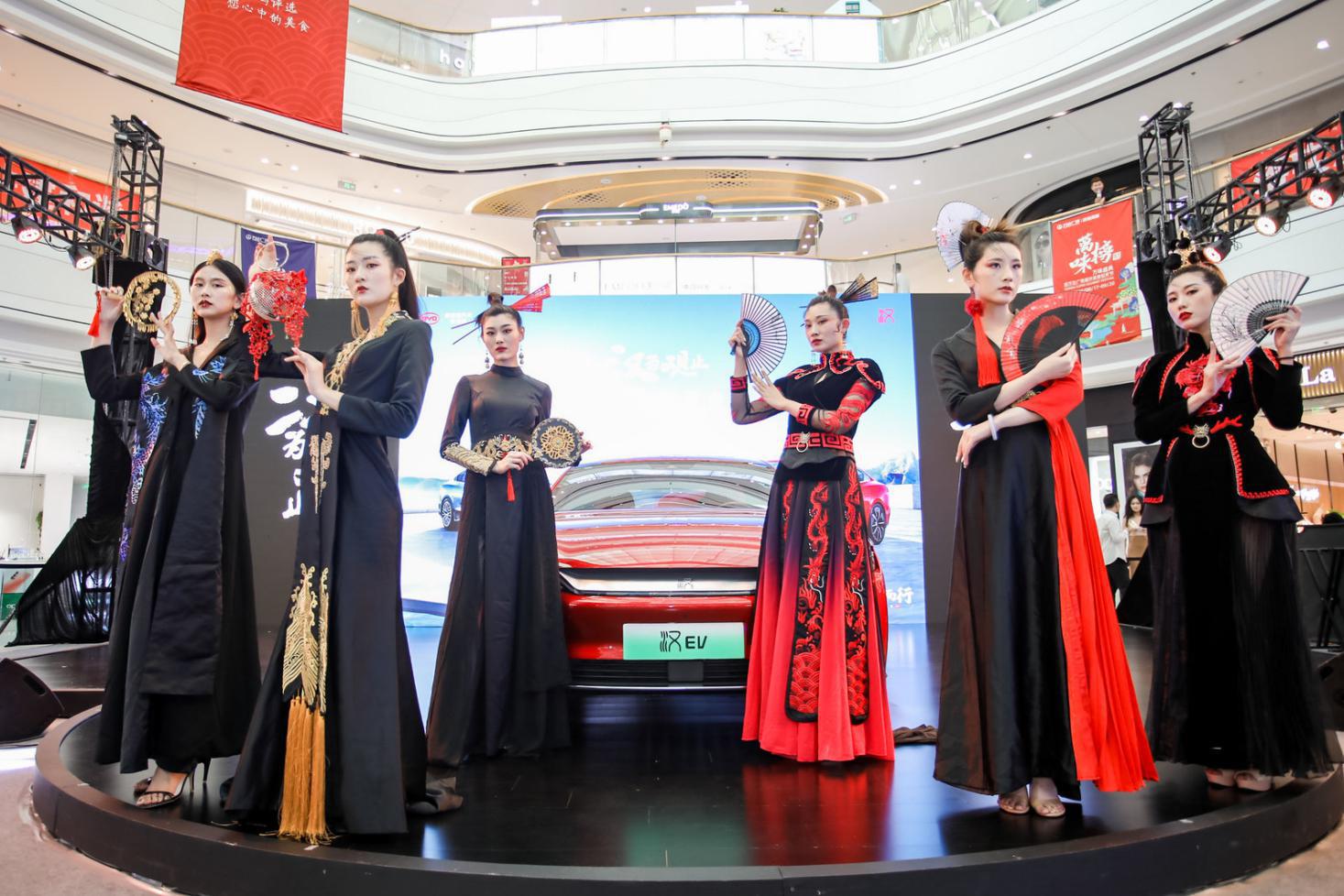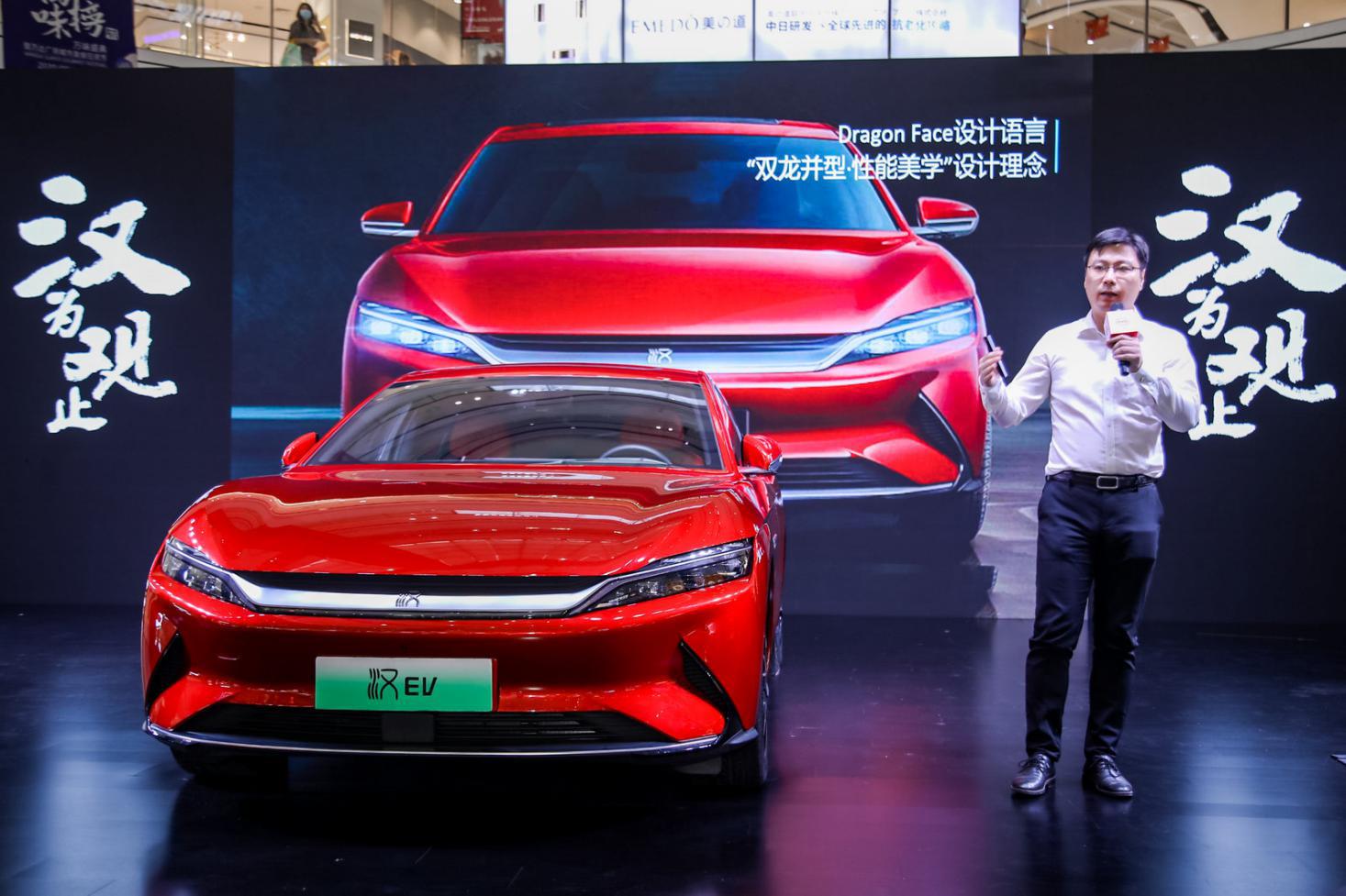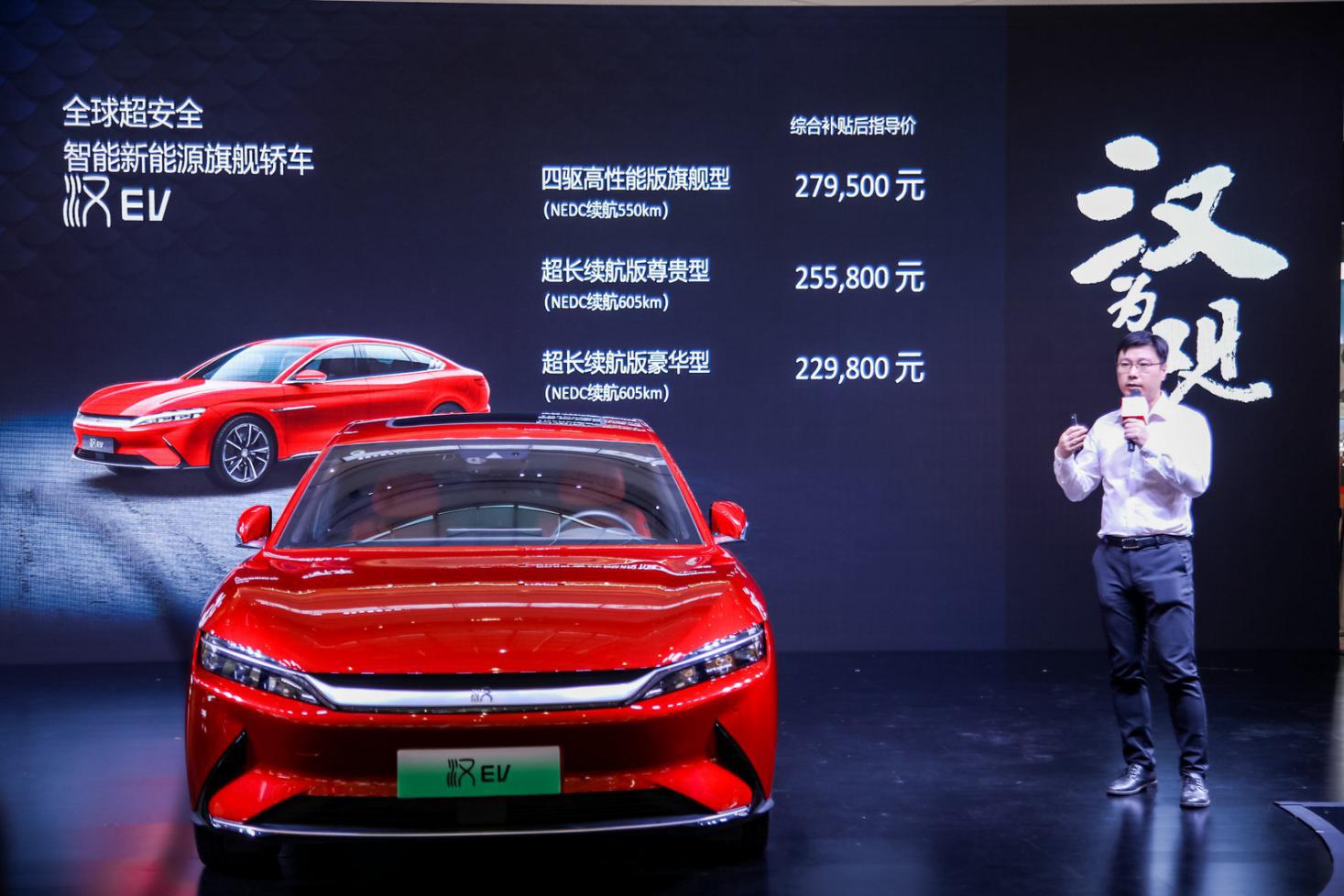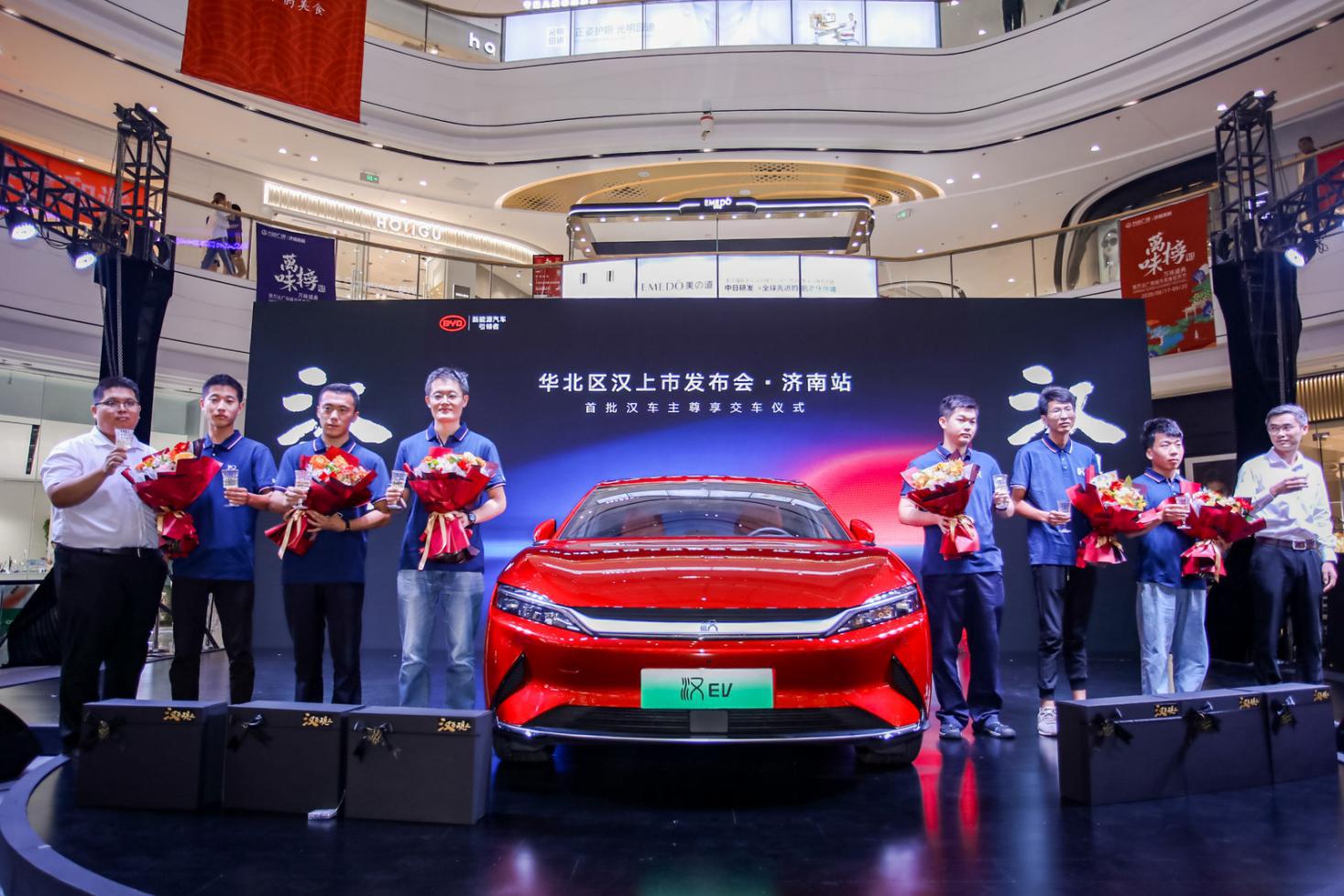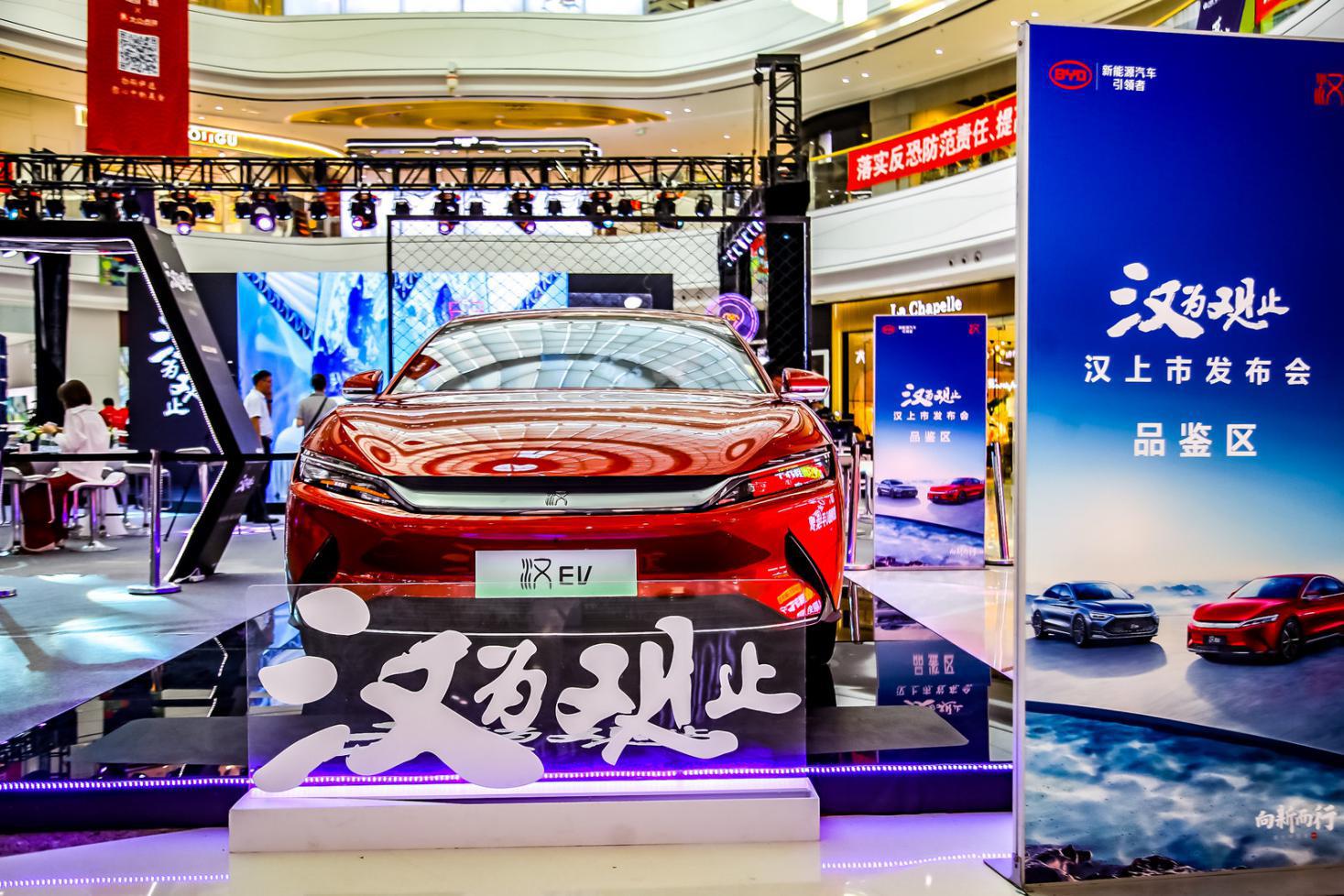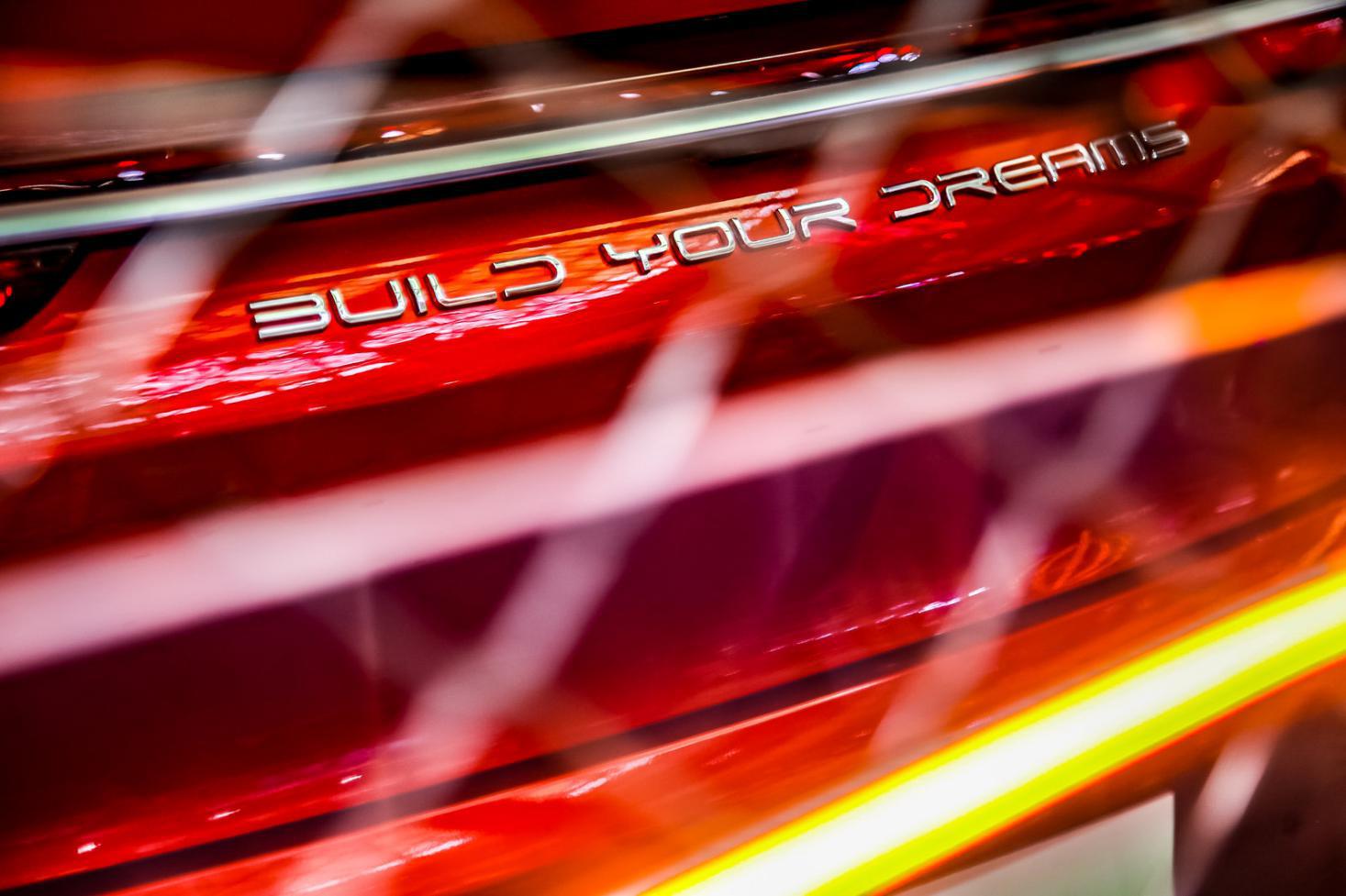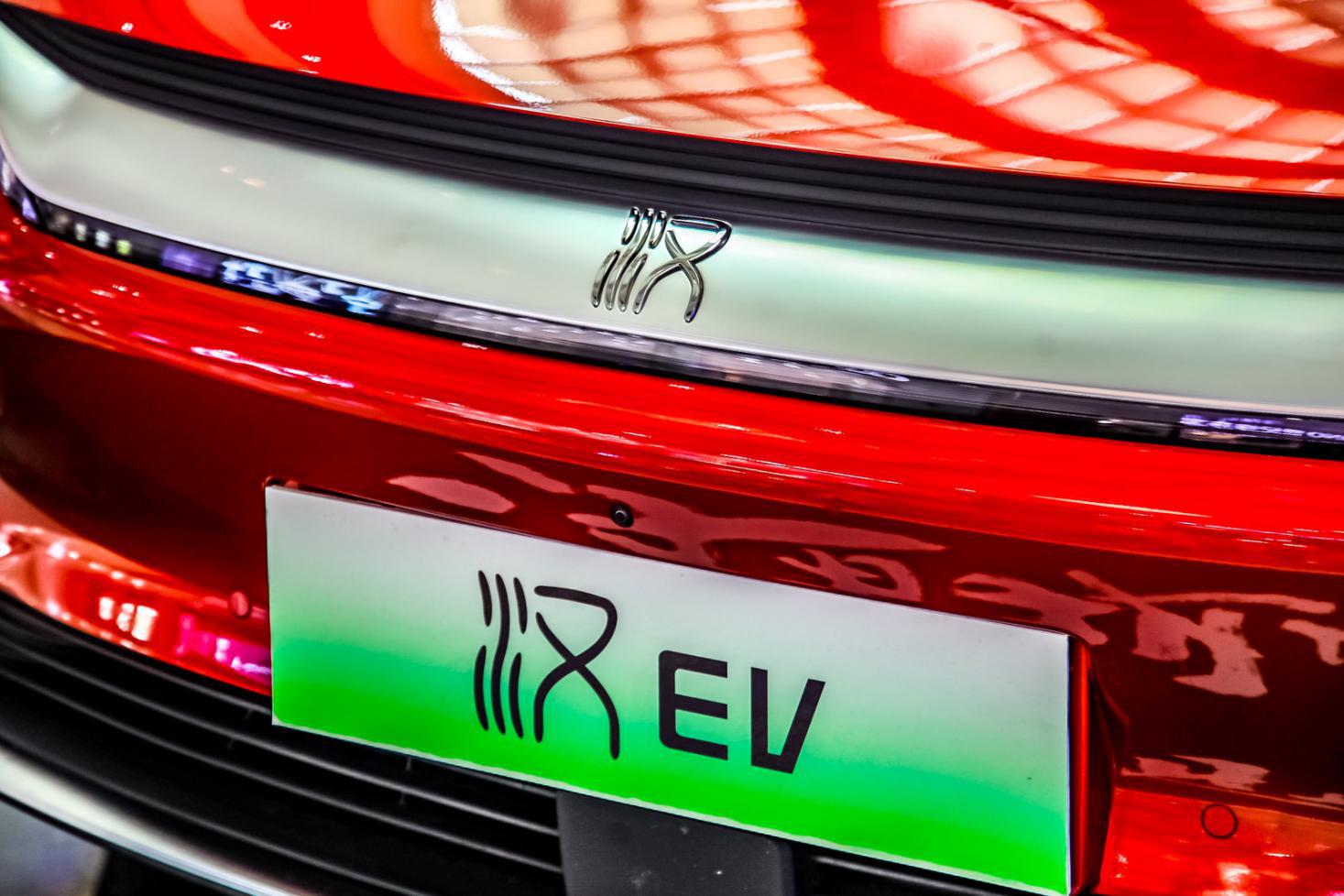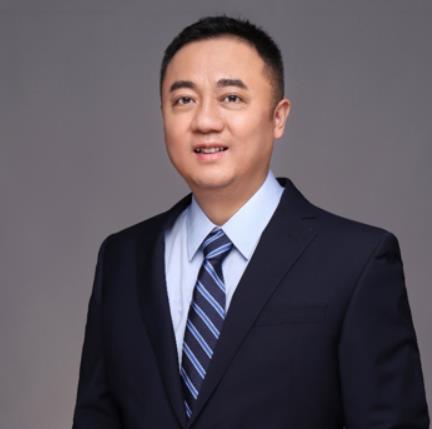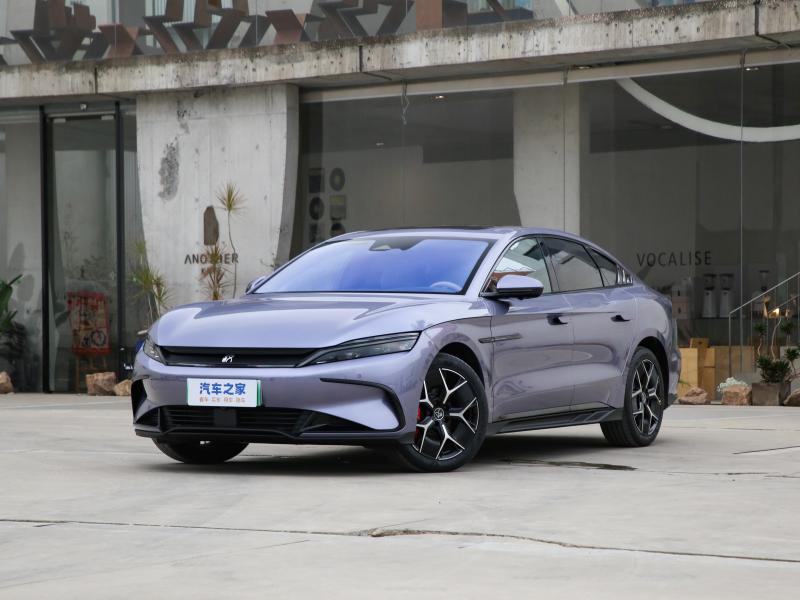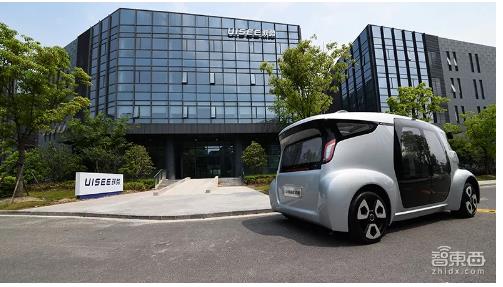
In the field of domestic autonomous driving, Yushi Technology, co-founded by Wu Gansha, former president of Intel China Research Institute, has to be mentioned.
However, due to shifting the focus of their work, Yushi Technology and Wu Gansha themselves have greatly reduced the frequency of speaking out since the middle of last year, which means "retiring from the rivers and lakes" and is slightly mysterious.
A few days ago, with the launch of GTIC 2018 Global Smart Car Supply Chain Innovation Summit, Chedong went to the Beijing office of Yushi Technology to have another in-depth dialogue with Wu Gansha, the guest of this summit, and learned about the breakthroughs made by Yushi Technology in technology research and development and commercialization during the dormant year:
Including the deployment of unmanned electric logistics trailers at the top three international airports in the world, the deployment of unmanned feeder vehicles in Zhejiang and Nanjing, the joint research and development of automatic parking service technology with domestic top automakers and time-sharing leasing enterprises, and the cooperation with passenger car enterprises to develop L2.5/L3 autonomous driving technology.
Wu Gansha even told the car that it has achieved a 10-fold increase in the number of customers, the number of contracts, the contract amount and the number of vehicles equipped with the automatic driving system, and the results are gratifying.
"Retirement" Achievement: Finalizing Master Plan
"The first year of entrepreneurship is blowing outside, the second year is blowing inside, and the third year is blowing again." As for the reasons for keeping a low profile in recent years, Wu Gansha explained this.
In his view, the first year of starting a business is nothing more than looking for someone to find money, the second year is to find business cooperation with customers, and the focus of the third year is on the one hand to cash the blown cows, and on the other hand, the rapid growth of the company needs "calcium supplementation", especially in refined management and cultural construction.
Wu Gansha told Che that during the "silence" of Yushi Technology, the team completed a very important thing, that is, finalized the Master Plan—— of Yushi Technology-the company’s overall development plan for the next five to ten years. It is understood that the plan is divided into three parts:
First of all, in the field of commercial vehicles and special vehicles, we should try to find a direction that is suitable for autonomous driving technology and can bring high profits at the same time, so as to accumulate research and development data and build corporate image while earning income.
Secondly, after the technology has been developed to a certain extent, we will start to cooperate with passenger car manufacturers to mass-produce and deploy parking service and L2/L3 autonomous driving technologies.
With the gradual increase of deployed vehicles, Yushi will be able to accumulate more data to improve the mass-produced autonomous driving technology, and at the same time, it will start the "shadow mode", that is, collect the road condition data of mass-produced vehicles through the sensors of existing vehicles, and train the decision-making algorithm of L4/L5 autonomous driving technology on the on-board computing platform.
Finally, Yushi Technology hopes to deploy an autopilot system with "shadow mode" on 10 million production vehicles in the future, so as to ensure that each iteration of L4/5 autopilot algorithm can complete tens of billions of kilometers of real vehicle verification within one month. Finally, mass production of L4/5 autonomous driving technology will be realized around 2025.
In addition to making a grand, even slightly exaggerated Master Plan, Yushi Technology is also recruiting a lot of people to ensure the realization of the above plan.
Wu Gansha told Che Dongxi that Yushi Technology currently has three R&D bases in Fangshan, Haidian, Beijing and Jiading, Shanghai, and its research engineering team is close to hundreds of people.
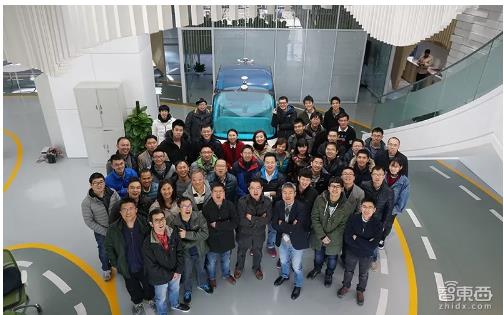
▲ Some members of the dominant team
In addition, Yushi Technology also has a trial production, testing and application innovation center in Jiaxing, Zhejiang Province, which is engaged in batch modification of self-driving vehicles, production and testing of low-speed vehicles, and has offices in Liuzhou and Shenzhen to carry out trial operation and joint research and development with partners.
Business progress: achieve four tenfold growth in one year.
Master Plan of Yushi is ambitious, but it is a plan after all. Cars are actually more concerned about what practical achievements Yushi Technology has made in the past year.
"10 times." Wu Gansha said with a smile, "and it is still four times 10 times."
He told Chedong that during the year from August 2017 to August 2018, Yushi Technology has achieved a 10-fold increase in four key indicators: the number of customers, the number of contracts, the contract amount and the number of vehicles equipped with Yushi automatic driving system. At present, it has more than 20 customers, of which about 80% are car companies, covering independent, joint venture and foreign-funded brand manufacturers, as well as passenger cars and commercial vehicles.
"This year, it is obvious that there are more customers of joint venture and foreign car companies," Wu Gansha explained. "The self-driving technology developed abroad may not be able to adapt to the complicated domestic road conditions, and the internationally accepted data governance regulations do not allow data to be sent abroad, so joint venture and foreign car companies also need local research and development and local partners."
Wu Gansha also showed the car a video of a specific project at the scene.
One of them is in the top three international airports in the world, and Yushi Technology has deployed several self-developed unmanned electric logistics trailers. These vehicles are parked next to the plane, and after the luggage and other goods on the plane are unloaded, this unmanned vehicle drags the goods to the unloading area.
The video shows that this special vehicle can still run normally in heavy rain, and its automatic driving system can stop immediately to avoid collision when it recognizes the mineral water bottle and silk scarf that the tester suddenly throws into the middle of the road.
Wu Gansha told the car that because there is no cover and air conditioning, the drivers of airport special vehicles work in harsh conditions such as high and low temperature and loud noise from taking off and landing all the year round. Therefore, although the subsidy is high, they still can’t keep people, which has become a headache for airport operators.
Unmanned vehicles do not have these problems, so they received a positive response from the airport. After rigorous technical tests, the two sides quickly reached a commercial cooperation.
Most importantly, the project is not used for demonstration purposes. The data and operational experience accumulated by Yushi can not only continuously improve its driverless technology, but also deploy more unmanned vehicles at the airport to achieve benign development. Wu Gansha predicts that the project will start unmanned operation without on-board safety personnel within half a year. And this is the first step of Master Plan of Yushi Technology.
Technical progress: automatic parking service and L2.5 go first.
In the field of passenger cars, Yushi is currently promoting commercial landing mainly around AVP and L2+ autonomous driving technology.
In addition to the above-mentioned airport video, Wu Gansha also showed Che Dongxi his technology Demo of developing AVP(Automated Valet Parking) automatic parking service for an independent passenger car brand.
In the video, a passenger car equipped with AVP technology drives to the door of an underground garage, and then the human driver gets off, and the vehicle drives into the basement to find the designated parking space and back into place. When the driver needs to drive, operate on the mobile APP, and the vehicle will drive on the road from the garage by itself.
It is understood that the AVP system of Yushi can be realized only by low-cost sensors such as cameras and ultrasonic radars, and its products have two modes:
1. For the parking spaces in fixed parking lots, vehicles can remember the corresponding routes by learning the driving of human drivers, so that the automatic parking service can be completed without relying on high-precision maps.
2. For parking spaces in unfamiliar parking lots, vehicles can find designated parking spaces or random empty parking spaces by themselves with the support of limited high-precision maps, and complete parking.
Wu Gansha told the car that this AVP system is being jointly developed with the OEM, and it is expected to cooperate with the OEM or the head time-sharing company to achieve scale deployment before the end of this year.
In addition to AVP system, another major layout of Yushi in the field of passenger cars revolves around L2+ autopilot technology, which is called L2.5 and L2.8 autopilot technology within Yushi.
Its L2.5-level technology can be simply understood as an upgraded version of Tesla Autopilot system. On structured roads such as expressways, vehicles can not only control their own speed and keep driving in a single lane, but also realize safe and automatic lane change.
The main body of L2.8 technology is the same as L2.5 technology, and the core is to increase the function of up and down ramps. According to Wu Gansha, the L2.8 technology of Yushi Technology should realize the automatic driving function of toll station-toll station, that is, consumers can give it to vehicles to drive when they drive to the toll station, and then they will be driven by humans after arriving at the destination toll station.
Of course, because this technical positioning is still below L3 level, human drivers still need to monitor the road conditions and be ready to take over at all times during driving, which is similar to the general Super Cruise positioning.
Wu Gansha revealed that this set of L2+ autopilot technology has basically matured, and is currently communicating with the OEM. It is expected that the SOP will be mass-produced as soon as 2020–this is the second step of the Master Plan.
Shadow mode: speeding up unmanned research and development
In the Master Plan, the shadow mode mentioned above plays a very important role, which is an important step to complete the research and development, data accumulation and verification of L4 autonomous driving technology.
After the above video demonstrating AVP automatic parking service technology, Wu Gansha also showed the progress of L4-class automatic driving technology.
In the video, the above-mentioned automatic parking service vehicle switches to L4 automatic driving mode after driving out of the parking lot, and automatically drives to the exit of the park. After the identification crossbar is lifted, it drives into the open road for testing.
In this process, the car has experienced many scenes such as crossroads/traffic lights, roundabout, tunnels, cities and highways, and it has successfully completed the driving task even in the face of complicated road conditions such as motor vehicles and non-motor vehicles, pedestrians and courier brothers.
According to Wu Gansha, this open road is an intelligent networked vehicle open test section that cooperates with the high-end manufacturing base in Fangshan District. It has long been a routine operation to conduct driverless testing on this section, and it has also experienced the test of bad weather such as heavy rain and severe winter. At present, Yushi is actively cooperating with OEMs to apply for road test licenses in Beijing, Shanghai and Jiashan, Zhejiang.
Open the trunk and there is only a clean "small box" in the car. This is the car brain independently developed by Yushi, which is equipped with two sets of algorithms, one is the above-mentioned automatic parking service system, and the other is the L4-level automatic driving which is still in iteration.
When the vehicle equipped with the car brain is driven by human beings, the algorithm of L4-level automatic driving technology verifies the algorithm by sharing data with the sensor under the condition of ensuring privacy, thus realizing the shadow mode.
Wu Gansha revealed that the car brain is fully developed in accordance with the car regulations, supporting a variety of chip mix and match schemes such as GPU, ASIC or FPGA. At present, the OEM is progressing smoothly.
Future play: positioning Tier 0.5
The entrepreneurial wave of autonomous driving technology has been rising for several years. Emerging companies and technology companies have two main directions in business models. First, unmanned taxis or unmanned car routes represented by industry leader Google Waymo also include startups such as Uber, Didi, Roadstar.ai
Another group of companies hope to provide auto-driving solutions with integrated software and hardware for mass production and loading, similar to what Tier1 does in the automobile industry.
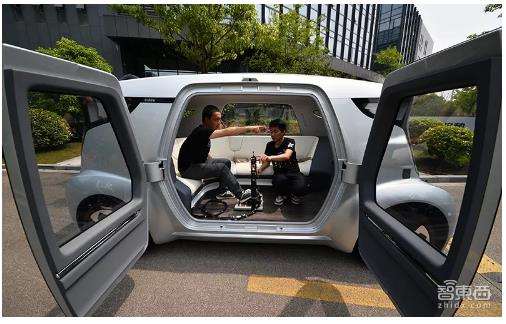
▲ Yushi employees debug vehicles.
In the view of the first type of companies, technology companies have the problems of lack of experience and high threshold when they cut into the automobile industry. Therefore, it is better to cooperate with companies in the automobile industry to make unmanned vehicles and directly engage in the operation of unmanned car rental. The second kind of companies think that software technology is the weakness of the automobile industry companies and they have the ability to become the new Tier1.
Wu Gansha positioned Yu Shi’s choice of science and technology in the latter.
"Rand data shows that autonomous driving technology needs to run to 11 billion miles to prove statistically that it is safer than human drivers. If you want to run so many journeys, you need more vehicles equipped with shadow mode to run data." Regarding the reason for choosing the second route, Wu Gansha explained this.
At the same time, he also believes that the automatic driving system needs to be iteratively upgraded, which is different from the traditional one-off automobile parts. Therefore, Yushi defines its relationship with automobile enterprises as Tier0.5, that is, from the beginning, it will carry out joint research and development and joint data operation with automobile enterprises, instead of providing independent research and development parts systems to automobile enterprises like the traditional Tier1 and then matching them with the vehicles of the automobile factory.
At present, Yushi Technology has carried out joint research and development with many domestic automobile manufacturers, and its micro-circulation unmanned minibus and bus jointly developed with a head bus manufacturer will also be unveiled soon.
Conclusion: Autopilot veteran speeds up again.
Founded in early 2016 and headed by Wu Gansha, former president of Intel China Research Institute, Yushi Technology is regarded as one of the earliest self-driving startups in China. After intensive exposure at the beginning of its establishment, Yushi Technology began to fall into silence in the second half of 2017, even giving people the illusion that the company has fallen behind.
However, after two hours of in-depth communication with Wu Gansha, Che Dongxi clearly realized that Yushi Technology, a veteran autopilot, had not fallen behind, but had more achievements, which were illustrated by winning dozens of customers, deploying special unmanned vehicles at the top three international airports in the world, and developing L2+ autopilot technology and automatic parking service system for mass production.
With the determination of Master Plan for the next five years by Yushi Technology, the forward speed of this veteran will be further accelerated.
